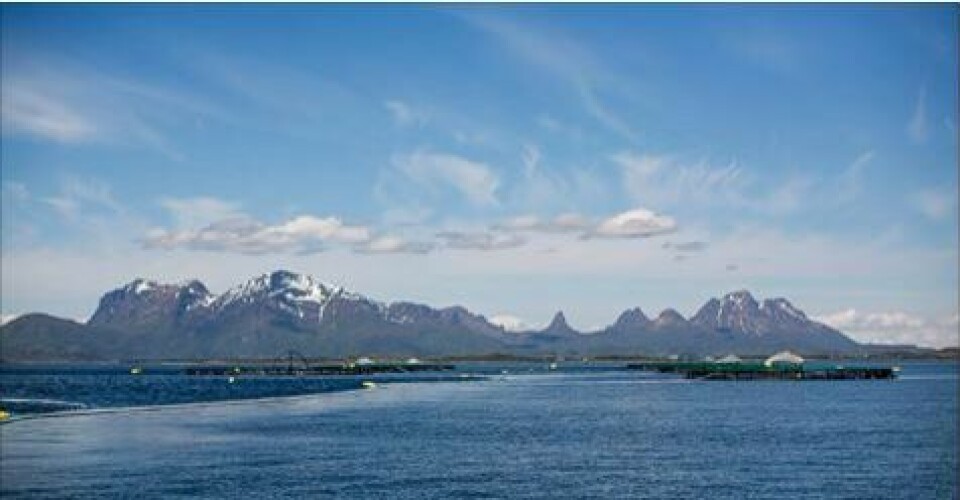
Cermaq reduces lice treatments in all regions
Cermaq’s use of sea lice treatments was down in all the regions it which it operates, according to the seafood company’s latest quarterly sustainability report, which was published today.
In Cermaq’s Norway operations from October to December last year, sea lice counts were well below the regulatory limit of 0.5 average adult female lice per fish and counts were lower than the same period last year. The company said lice counts were low largely due to the implementation of preventive measures such as lice skirts and stocking several sites with cleanerfish. Delousing treatments were also performed in farming sites and it said development of preventive measures will be escalated further.
There was one escape incident in Noway in December during a delousing treatment, leading to a loss of 400 fish. Nets to catch the escaped fish were put out and 24 fish were recovered. The rolling fish survival rate was stable compared with the same period last year at 94.5 per cent.
In Chile during the same period, there were no fish escapes and sea lice counts were lower than in the same period last year. Survival rates were better this quarter for Coho salmon compared with the same period last year by 4 per cent. However, the survival rate decreased for Atlantic salmon and trout, due to SRS outbreaks, low performance fish and predator attacks.
In Canada, there were no fish escapes, and the sea lice counts kept below regulatory limits. The rolling 12 month fish survival rate was lower compared with the same period last year, which the company said was largely due to environmental challenges, including higher water temperatures and mouth rot in some farms.
Wenche Grønbrekk, head of sustainability and risk at Cermaq, said: “Cermaq’s approach is based on transparency, partnerships and performance. We believe a company which openly reports its results also has a better overview of risk and opportunities, a stronger basis for dialogue with stakeholders and a better ability to actually make progress on material topics.”























































